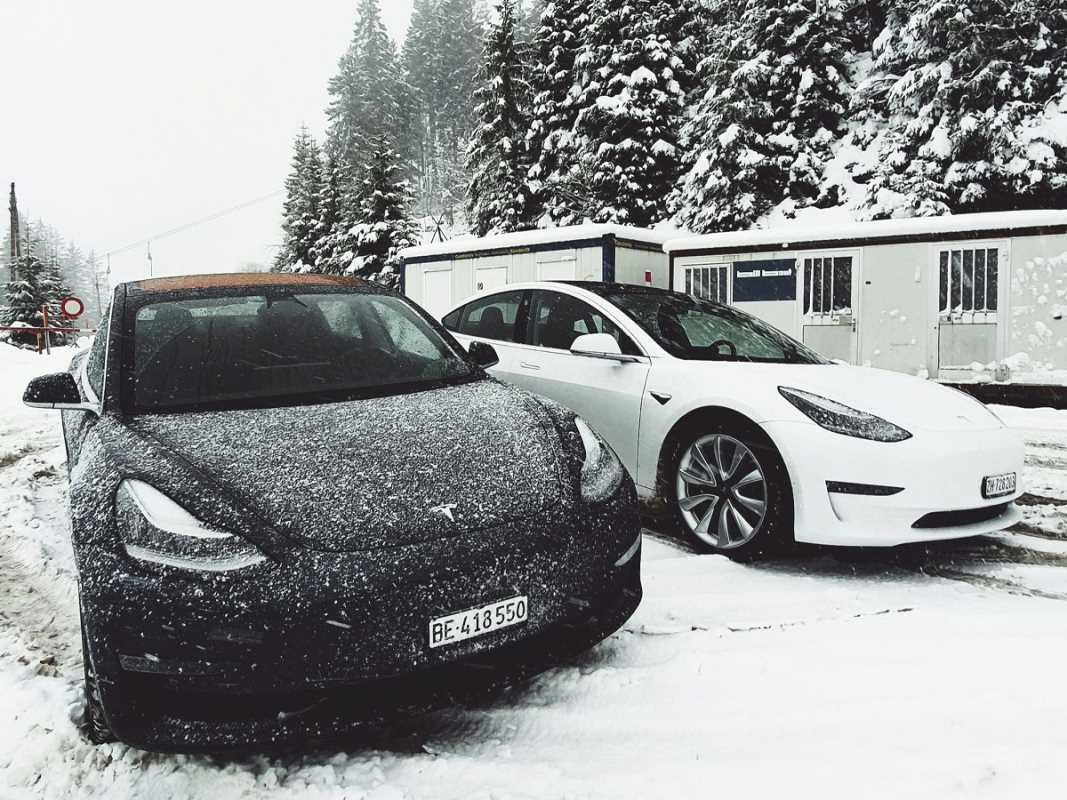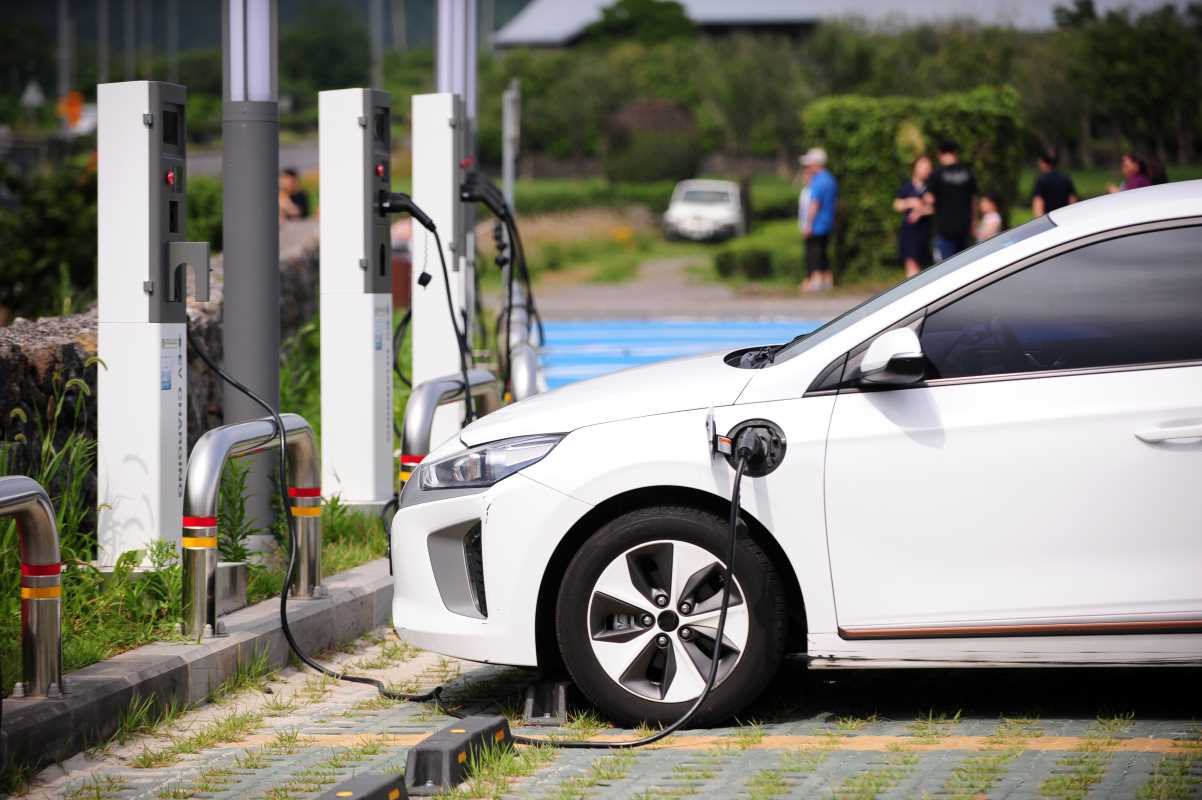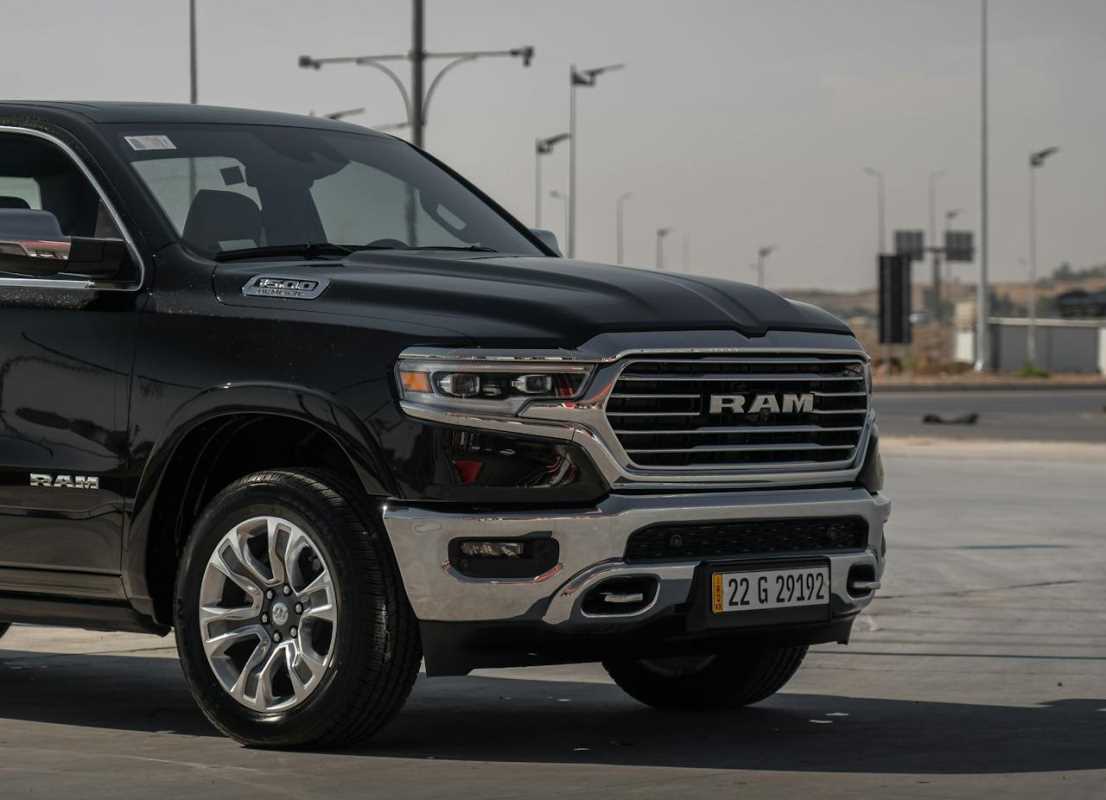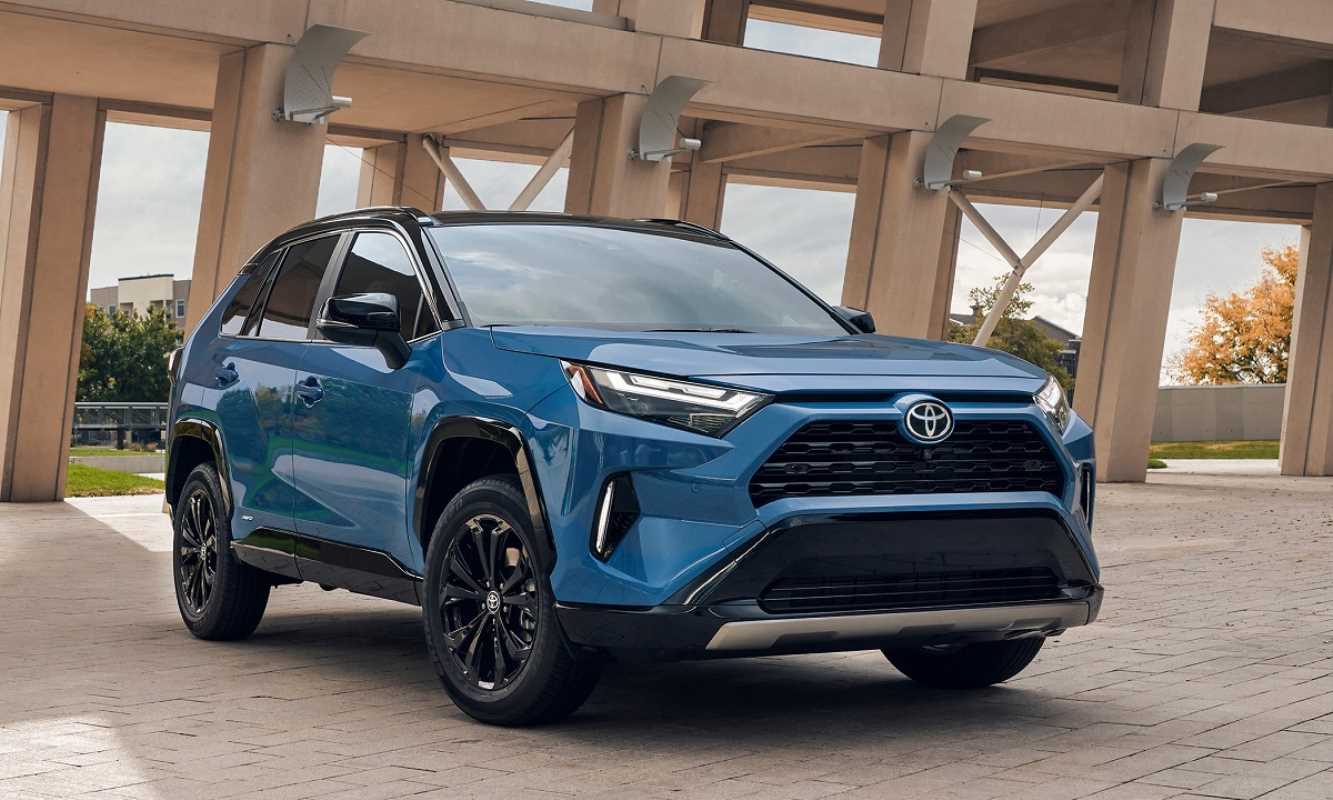If you’ve driven an electric vehicle (EV) in the middle of a cold snap, you know how quickly temperatures dropping can lead to your battery range doing the same. That phenomenon, better known as range anxiety, becomes an even bigger deal in cold weather climates where winter driving is an unavoidable reality.
The good news? Automakers are getting smart about solving this problem, and new solutions are rolling out to make EVs more effective, efficient, and worry-free in frigid conditions. From heat pumps and preconditioning features to evolving battery technology, there are plenty of ways EV brands are tackling range anxiety head-on.
Here’s a closer look at what’s being done to help EVs thrive when the mercury dips, complete with real-world examples and tips for drivers dealing with frosty mornings.
Why EVs Struggle in the Cold
To understand how automakers are attacking this issue, it helps to know why cold weather impacts EV range in the first place.
The main culprit? Battery chemistry. EV batteries run on lithium-ion cells that don’t work as efficiently in low temperatures. When it’s cold outside, chemical reactions inside the battery slow down, which means less power is generated. Your battery not only holds less charge, but it also takes longer to replenish at a charger.
On top of that, heating the car's interior (and keeping it warm) puts a big strain on the battery. Unlike gas-powered cars, which can channel heat from their combustion engines, EVs rely entirely on their battery system for temperature control inside the cabin. According to Consumer Reports, heating, defrosting, and generally staying toasty eats up roughly 75% of an EV’s lost range in the cold.
The result? EVs can lose anywhere from 20% to 50% of their range in winter weather, depending on conditions, according to tests by Consumer Reports and other research groups.
Winter driving might present challenges, but automakers are stepping up with innovative solutions to keep EV owners on the road and less anxious about watching those miles tick down.
Heat Pumps to the Rescue
One of the biggest technological advances in cold-weather EV performance is the use of heat pumps. While older EVs relied on resistive heaters to warm the cabin (a fancy way of saying they burned through battery power to create heat), heat pumps take a much more efficient approach.
Instead of generating heat from scratch, heat pumps move heat from one place to another. They can capture outside air and use its warmth to heat the car without putting as much strain on the battery. The Washington Post recently reported that cars with heat pumps lose about half as much range in freezing temperatures compared to those without.
Several manufacturers are incorporating heat pumps into their EV designs as a standard or optional feature. For instance, Tesla started equipping all its vehicles with heat pumps in 2021, boosting their cold-weather efficiency significantly. Hyundai and Kia also offer heat pumps in models like the Hyundai Ioniq 5 and Kia EV6, making these vehicles more winter-friendly.
Not every heat pump is created equal, though. While they’re highly effective in moderate to mild cold weather (think 30–50°F), their performance starts to drop when temperatures plunge below 15°F. At that point, even heat pump-equipped EVs often switch back to less efficient resistive heating. But in most regions, these systems provide a worthwhile improvement in winter range.
The Magic of Preconditioning
Another practical solution gaining traction is preconditioning. This feature allows EV drivers to warm up their car’s cabin and battery while the vehicle is still plugged into a charger. By using power from the grid instead of the battery, preconditioning ensures the car is toasty and ready to go without sacrificing range.
Preconditioning is becoming a standard offering in many newer EVs, and it can usually be programmed through a car’s infotainment system or smartphone app. For example, the Ford F-150 Lightning and Mustang Mach-E come with preconditioning settings that make it easy for drivers to schedule their morning departure with a warm battery and cabin.
Real-world testing shows that preconditioning can noticeably improve an EV’s efficiency in cold weather. Consumer Reports tested models like the Tesla Model 3, Kia EV9, and Acura ZDX using preconditioning and found increased energy efficiency and better battery retention after trips. Even a modest improvement in range can make a big difference when you’re traveling in snow or dealing with long highway commutes.
Battery Advancements
Beyond immediate features like heat pumps and preconditioning, automakers are also focusing on long-term solutions through improved battery design. The goal is to create batteries that can better tolerate and perform in extreme temperatures.
One way companies are tackling this is by integrating advanced thermal management systems into EV designs. These systems allow batteries to self-regulate their temperature, reducing energy waste during winter driving and extending battery life.
Additionally, new chemistries like solid-state batteries, which are being developed by big players like Toyota and QuantumScape, promise greater durability in both hot and cold climates. Though still a few years out from mass deployment, solid-state batteries hold enormous potential to significantly reduce range loss in cold weather conditions.
Practical Tips from Automakers
Beyond the tech, many automakers are offering practical advice to help drivers maximize their EV range during winter. Some of the common recommendations include:
- Park indoors whenever possible: Keeping your EV in a garage prevents the battery from getting too cold and speeds up charging times.
- Drive moderately: High speeds increase drag and consume more energy, so taking it easy on the accelerator can help conserve range.
- Keep your EV plugged in while parked: This helps the battery maintain its ideal operating temperature, even when it’s not in use.
- Use seat and steering wheel heaters instead of blasting the cabin heater: Ford, among other brands, suggests relying on these features for localized warmth to reduce drain on the HVAC system.
Ford’s guide for maximizing EV range is a great example of how automakers are educating drivers to adapt their habits and get the most out of their electric cars during winter months.
Are We Solving Range Anxiety?
While no single solution completely eliminates range anxiety, the combination of heat pumps, preconditioning, advanced batteries, and smart driving strategies is making EVs far more practical in cold-weather climates.
Take the example of Norway, where EVs now account for over 90% of new car sales despite freezing winter temperatures. Brands like Tesla, Audi, and Hyundai have successfully rolled out cold-friendly features there, and their success serves as proof that EVs can thrive even in challenging climates.
 (Image via
(Image via





